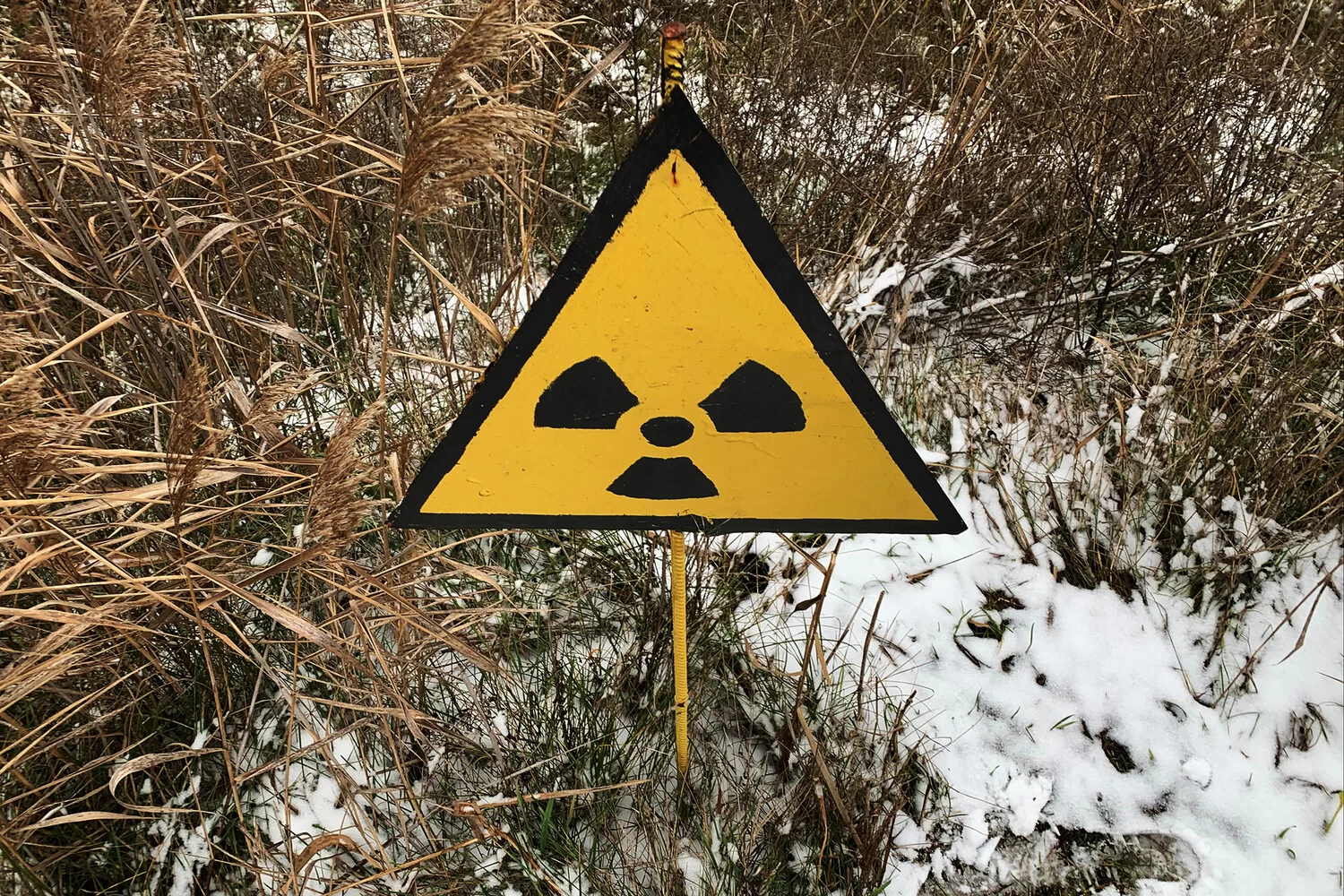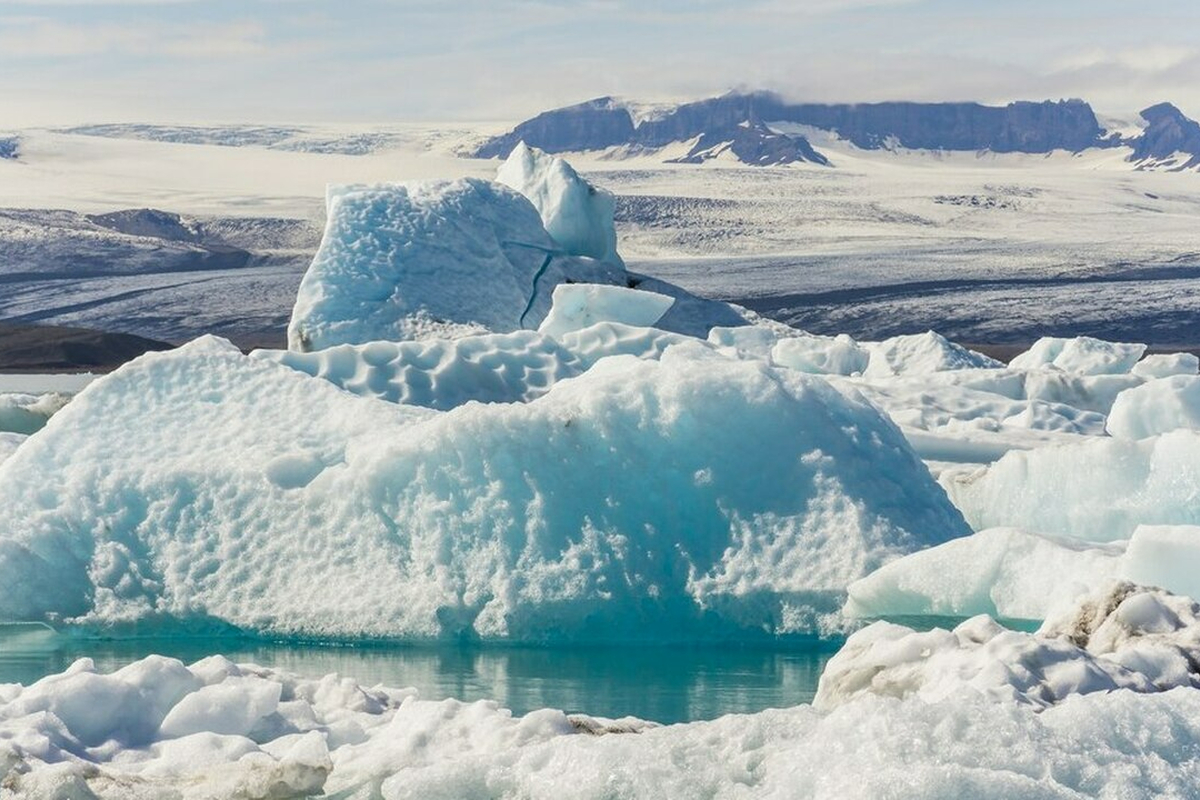For control over longer distances, up to 1 km, a mobile modem can be connected and alternative communication channels or the Internet can be used. The device, equipped with an electric motor, has a load capacity of 20 kg and can carry the gamma spectrometer together with the necessary electronics for data recording, signal transmission and communications. The average speed of the complex is 1 m/s, and the battery provides autonomous operation for two hours.
Alexander Shustov, senior lecturer at the Department of Experimental Nuclear Physics and Cosmophysics at MEPhI, noted that the new xenon detector of the complex has advantages over traditional gamma-ray spectrometers. In particular, it provides better energy resolution than scintillation detectors, and does not require cooling, unlike semiconductor detectors, which reduces the need for additional equipment, reports Gazeta.Ru.
Before that, IAEA experts told about the radiation background in Energodar after the AFU strike. Also in the United States said that the Chinese rocket “Changzheng-6A” destroyed in space.


